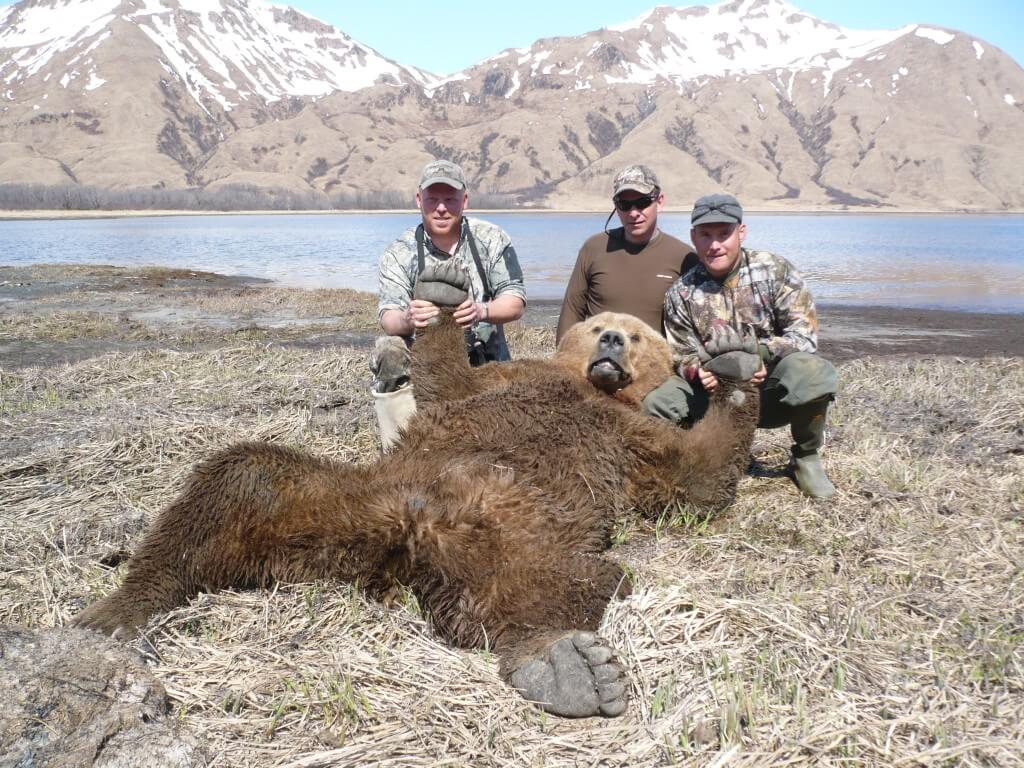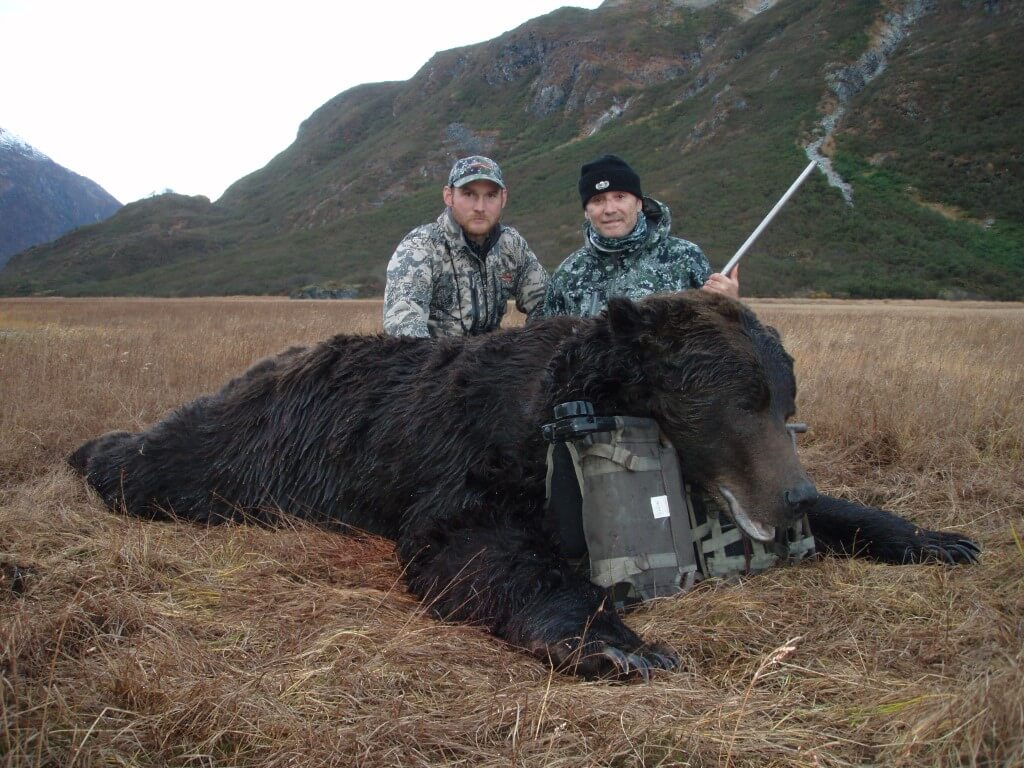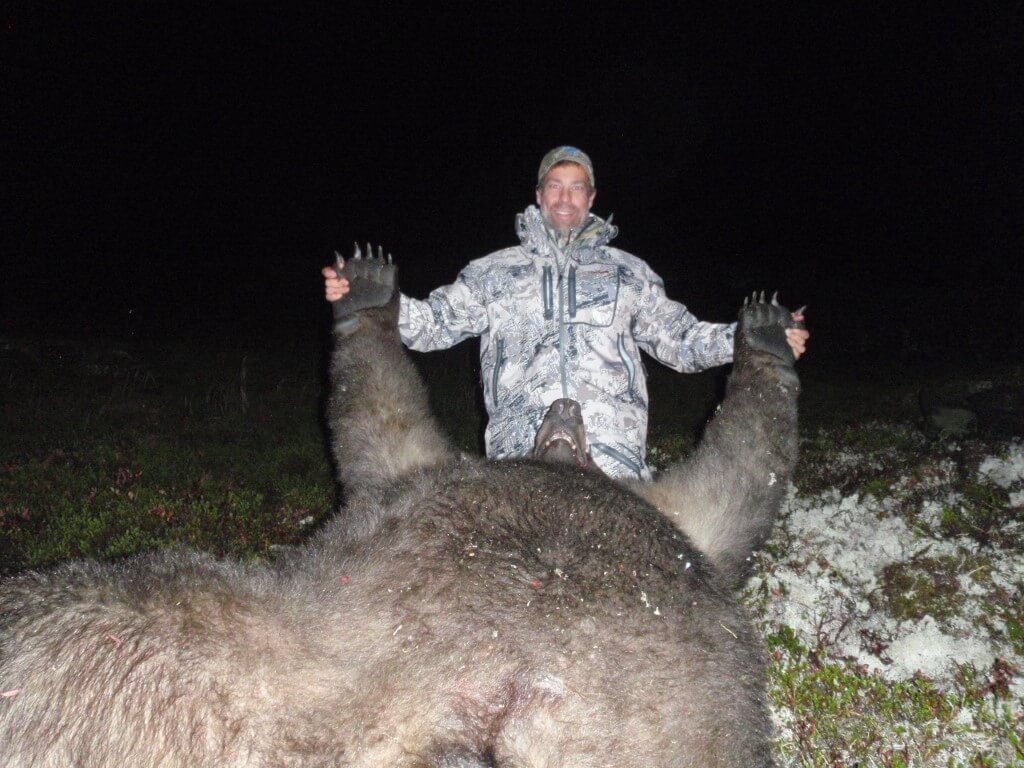2025 BROWN BEAR HUNTS – $30,000
(plus $1,500 charter fee)
Our Brown Bear hunts take place in Game Management Unit 8, Kodiak Island and in Unit 9, the Alaska Peninsula. I have been hunting the Alaska Peninsula since 1997 and Kodiak since 2009. To date our rifle hunters have had over a 95% success rate. Our bowhunters have averaged about 70% success rate.
All of our brown bear hunts are 10 full days of hunting, with a day of travel before and after. All of these hunts are one-on-one hunts. Our camps are reached via airplane, typically a Super Cub, which carries the pilot and one passenger. This is the reason for the strict weight restriction of 60 lbs per hunter that we keep. Even with these weight restrictions, the majority of our camps consist of a wall tent with bunks and a heater, allowing some room to dry out and be as comfortable as one can in such remote areas.
The Alaska Peninsula is a very strictly managed hunt area, hence the exceptional brown bears that are harvested there. It is open fall of odd years (2017, 2019, etc) and spring of even years (2018, 2020, etc). The fall season is September 20th to October 20th in our mountain camps and October 1st to October 20th in our coastal camps. The spring season is May 10th-31st.
Kodiak Island is open April 1st through May 15th & October 25th to November 30th. We typically hunt April 15th to May 5th or so in the spring and October 25th to November 5th in the fall. This hunt is on a drawing basis, there are 3 tags issued in spring and 4 in the fall, ensuring a quality hunt. The application period for spring hunts is November 15th to December 15th, with results being posted the latter part of February. The fall hunt application period is May 1st to the 31st and results are posted in early July (deer are over the counter for our combo hunts). We will handle the whole application process for you.
I have been asked many times “What is better, fall or spring?” and there isn’t really a good answer for that, we do well in both hunts. Bears are traveling more in the spring and we typically see more bears due to the fact that there aren’t leaves on the alders/brush, but many times they keep moving and are hard to pattern. On the other hand, bears are typically more patternable in the fall when feeding on salmon streams and berries.
On all bear hunts we typically spend the majority of time sitting and glassing. Though this may seem mundane to some, it is by far the most effective way to kill big bears. We have hunted these camps for years and know what works. Big bears are very comparable to a mature whitetail, but have a better nose. When you walk through an area multiple times your chances of killing a big bear dwindle, be patient and let your guide do his job.
Once a bear is harvested, your guide will call in via satellite phone and a plan is derived to get the hunter and hide out of the field. Your hide will be delivered to an expediter who will dry the hide for shipping. Once dried, the hide can be shipped to the hunter, taxidermist or tannery.




